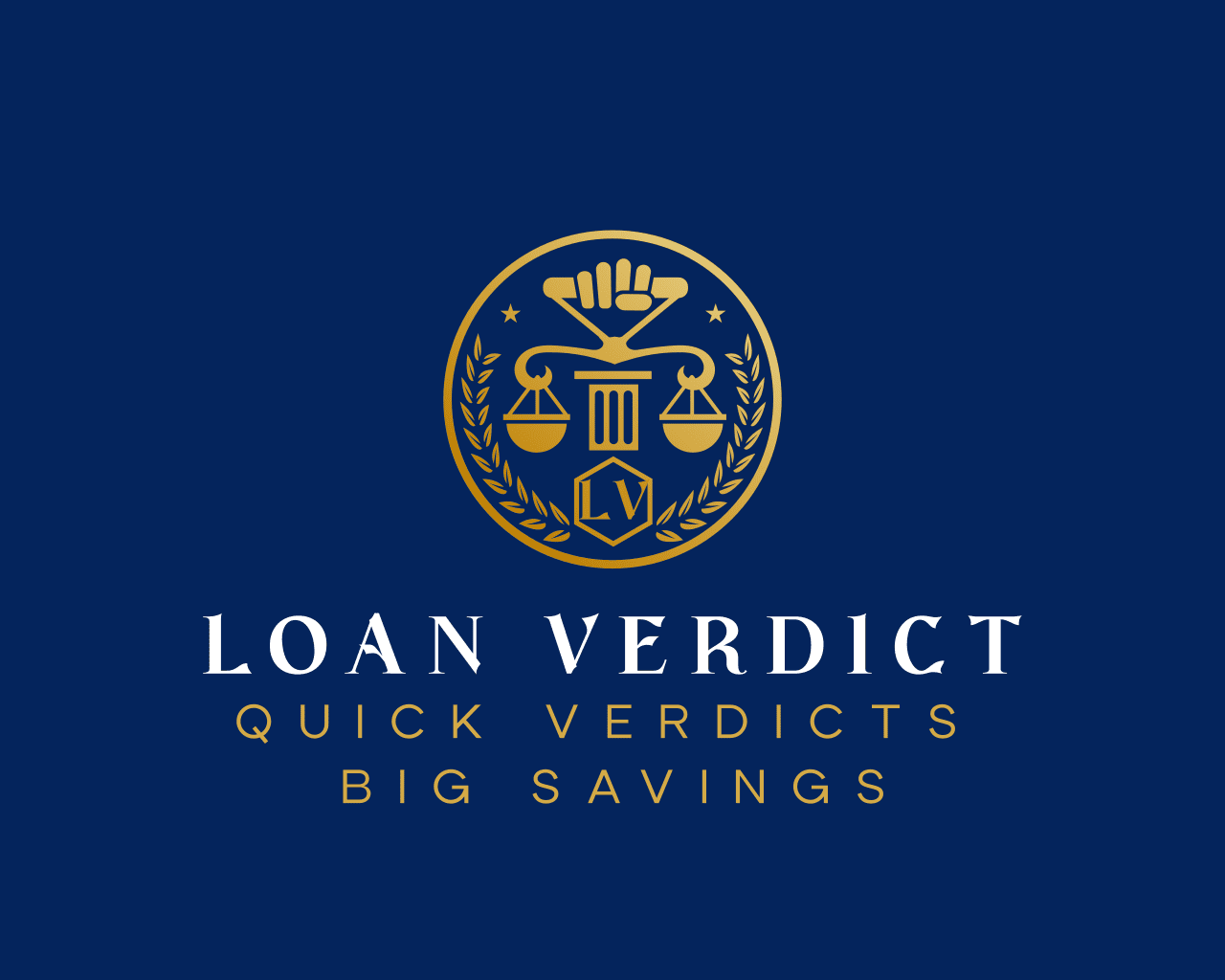When navigating the world of mortgages, it's essential to grasp the components that make up your monthly payment. Two common terms you'll encounter are P&I and PITI. Understanding the distinction between them can help you budget effectively and avoid surprises.
What is P&I?
P&I stands for Principal and Interest. These are the core components of your mortgage payment:
- Principal: The amount you've borrowed to purchase your home.
- Interest: The cost of borrowing that principal amount, typically expressed as an annual percentage rate.
According to the Consumer Financial Protection Bureau (CFPB), "The principal and interest payment on a mortgage is probably the main component of your monthly mortgage payment."
What is PITI?
PITI expands upon P&I by including two additional elements:
- Taxes: Property taxes levied by your local government.
- Insurance: Homeowners insurance premiums that protect against damages and losses.
As noted by CFPB, "Principal, Interest, Taxes, and Insurance, known as PITI, are the four basic elements of a monthly mortgage payment."
Why the Distinction Matters
Understanding the difference between P&I and PITI is crucial for accurate budgeting. While P&I covers the loan repayment, PITI provides a more comprehensive view of your monthly obligations. For instance, The Mortgage Reports highlights that lenders consider your entire PITI payment when determining loan eligibility, not just the principal and interest.
Escrow Accounts and PITI
Often, lenders require an escrow account to manage the taxes and insurance portions of PITI. This means they collect these payments monthly and pay the bills on your behalf when due. This setup ensures timely payments and can simplify budgeting.
Conclusion
Grasping the components of your mortgage payment empowers you to make informed financial decisions. While P&I focuses on repaying your loan, PITI offers a holistic view of your monthly housing expenses. Always consult with your lender to understand how these components apply to your specific mortgage.




